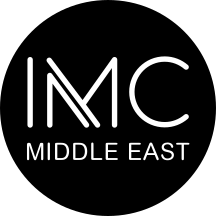As climate change accelerates, reaching net zero is essential. ISO 14001 provides a framework for effective environmental management, helping organizations align operations with ambitious carbon reduction goals while improving overall efficiency.
Key Benefits of ISO 14001 for Net Zero
- Comprehensive Environmental Management: Establish a framework for systematic reduction of environmental impact, including energy use and emissions.
- Lifecycle Thinking: Assess the entire lifecycle of products and processes to minimize environmental impact.
- Continuous Improvement: Drive progress with regular assessments and performance monitoring to meet evolving sustainability targets.
Industry Trends and Data
- Increasing Adoption Rates: Over 4,000 companies committed to net zero by 2023, using standards like ISO 14001 to align with regulatory requirements and investor expectations.
- Focus on Scope 3 Emissions: With Scope 3 emissions accounting for up to 70% of a company’s total footprint, more businesses are adopting lifecycle assessments.
- Digital Monitoring Tools: The integration of IoT sensors and AI for real-time tracking of environmental data is making ISO 14001 implementations more efficient.
Real-World Example
Unilever has implemented ISO 14001 across its operations to drive a 25% reduction in carbon emissions over five years, focusing on waste minimization and energy efficiency in manufacturing.
Step-by-Step Guide to Implementing ISO 14001
- Baseline Assessment: Evaluate your environmental impact, focusing on emissions and waste.
- Set Realistic Goals: Establish reduction targets based on your baseline assessment.
- Develop an EMS: Integrate environmental management into daily operations, including digital tools for monitoring.
- Training and Awareness: Educate employees on the benefits and practices of the EMS.
- Monitoring and Reporting: Use real-time data to measure progress and adjust strategies.
- Continuous Improvement: Conduct regular audits to identify new opportunities for environmental impact reduction.
Common Challenges and Solutions
- Resistance to Change: Employees may hesitate to adopt new practices. Solution: Emphasize the benefits through training and communication.
- Resource Allocation: Smaller companies may struggle with costs. Solution: Start with scalable initiatives and gradually expand.
- Supply Chain Integration: Aligning suppliers can be challenging. Solution: Include environmental criteria in contracts and collaborate with suppliers on training.

